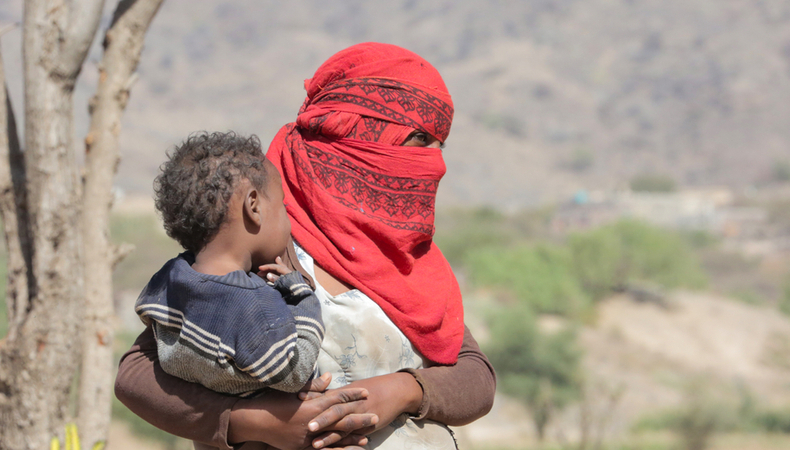WFP: Hunger threatens millions of families in Yemen


For 2021, 271 million dollars are needed, but currently, only 119.5 million has been raised, or only 44% of the population’s needs are met. According to the latest WFP data released in October, the national average rate of inadequate food consumption in Yemen reached 41.5 percent in September, above the “very high” threshold of 40 percent. The rate of insufficient food consumption remains notably higher in areas under the IRG (46 percent) than regions under the Sana’a-based authorities (39 percent).
That is likely related to the continued worsening of the underlying drivers of food insecurity, including the continued depreciation of the Yemeni riyal (which has been especially pronounced in areas under the IRG), the related growth in food prices, as well as conflict escalation and population displacement. Food affordability, as measured by the average cost of the Minimum Food Basket (MFB), continued to worsen in October, and the average price of the MFB has now increased by 69 percent since January 2021 in areas under the IRG and by 30 percent in regions under the Sana’a-based authorities.
In October, the WFP assisted over 1.7 million people with nutrition support: WFP assisted 217,800 children aged 6 to 59 months and 244,100 pregnant and lactating women and girls (PLWG) under its Targeted Supplementary Feeding Programme (TSFP) for the treatment of moderate acute malnutrition (MAM). To prevent MAM, WFP assisted 747,900 children aged 6 to 23 months and 550,500 PLWG Under its Blanket Supplementary Feeding Programme (BSFP). In October, military escalation continued to be reported from the central governorates of Ma’rib, Shabwah, and Al Bayda.
According to IOM Rapid Displacement Tracking, nearly 50,000 people have been displaced since the beginning of the year across the three governorates. The number of new daily COVID-19 cases decreased slightly during October after spiking in mid-September. As of the end of the month, 9,751 cases and 1,874 deaths had been recorded by WHO.




